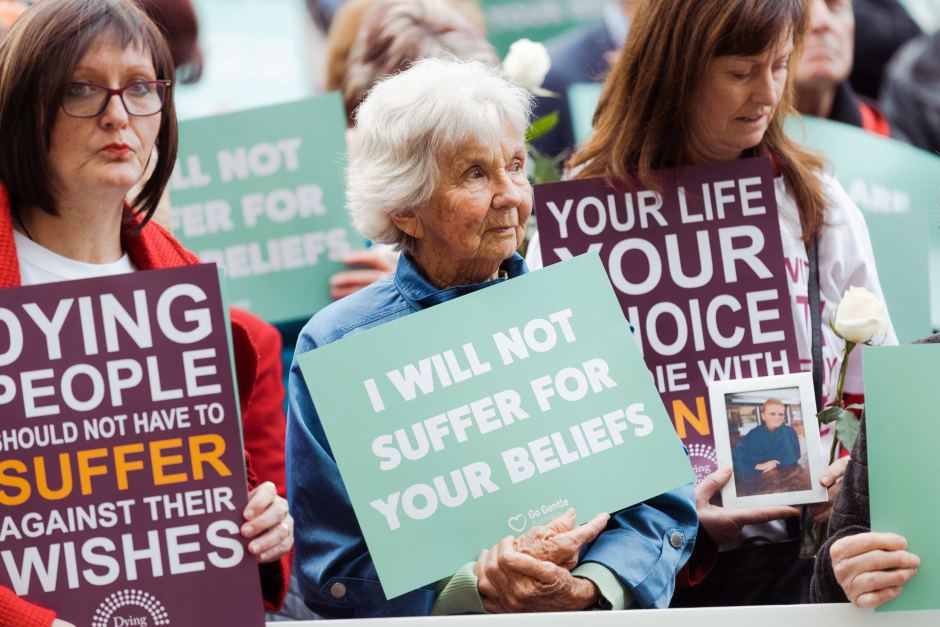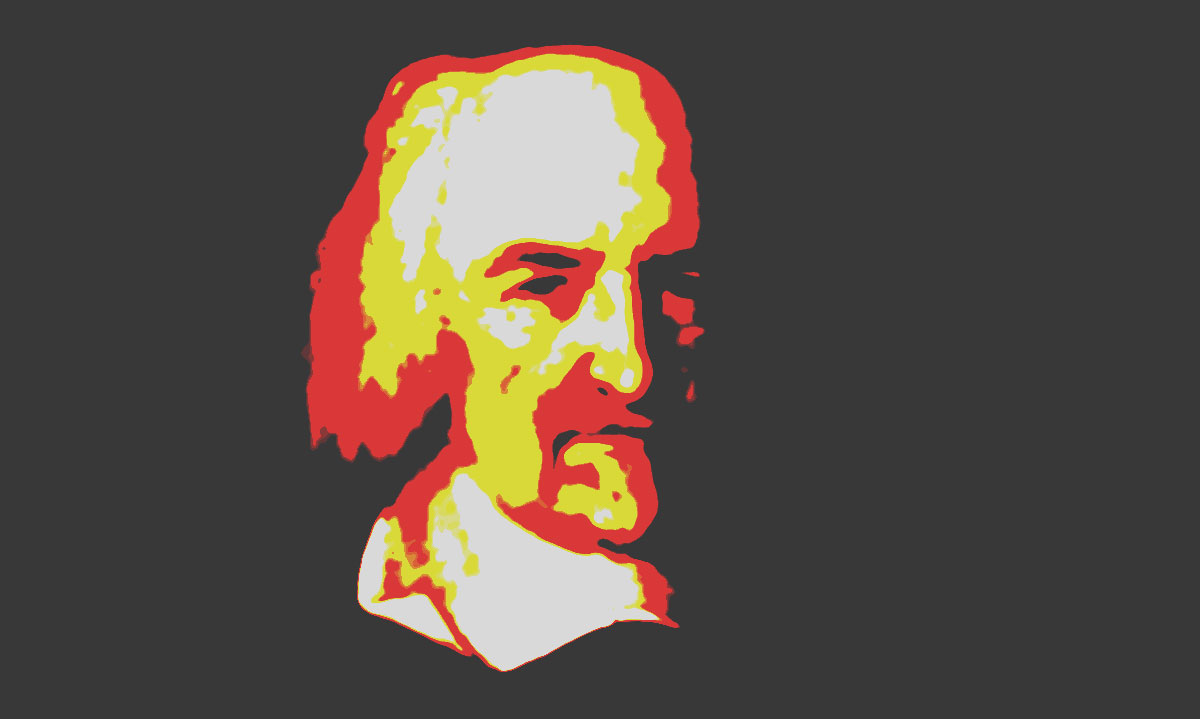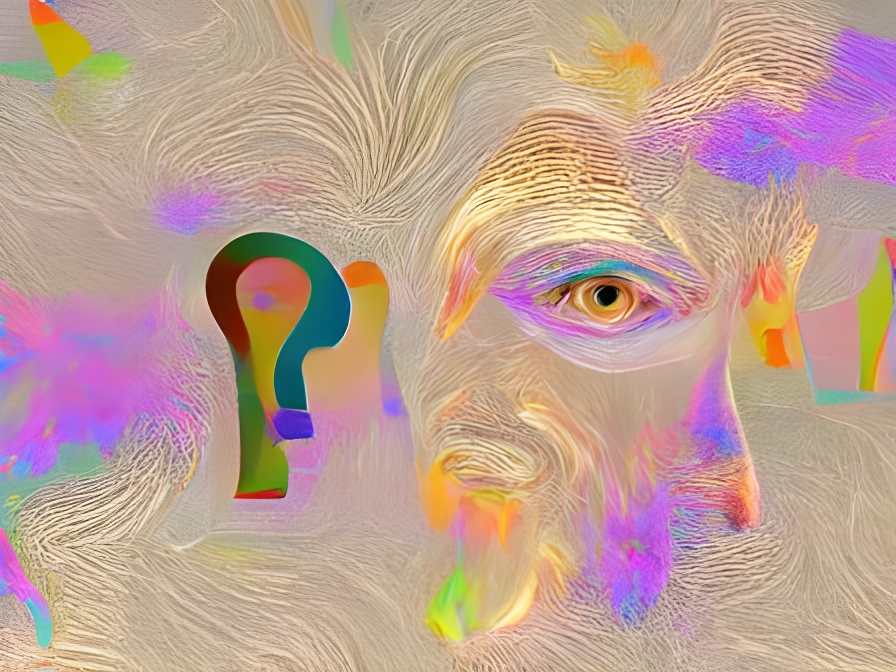Euthanasia and Physician-Assisted Suicide
In recent years, the debate around euthanasia and physician-assisted suicide has captivated the public’s attention. These practices, at the crossroads of medical ethics and personal autonomy, raise thought-provoking questions about the value of life and the role of healthcare professionals. By delving into historical and biographical contexts, this post aims to bring complex philosophical concepts to life, making them accessible to a general audience.
Euthanasia is the intentional act of ending a person’s life to relieve their suffering, while physician-assisted suicide involves a doctor providing the means for a patient to end their life themselves. The latter differs in that the physician’s role is limited to providing assistance, and the patient actively chooses to end their life. In this exploration, the focus will be on voluntary and nonvoluntary active euthanasia, voluntary and nonvoluntary passive euthanasia, and physician-assisted suicide, all of which warrant careful analysis and discussion.
Throughout this post, the concepts of autonomy, mercy, and harm will be examined, as they play a pivotal role in understanding the ethics of euthanasia and physician-assisted suicide. Additionally, various moral theories, such as utilitarianism, deontology, and virtue ethics, will be applied to further illuminate the intricacies of the topic. By offering counterarguments and explaining terms as they arise, readers will gain a well-rounded understanding of the multifaceted nature of this debate.
As societies grapple with the moral and ethical dimensions of these practices, the conversation around euthanasia and physician-assisted suicide continues to evolve.

1. Deciding Life and Death
The concept of euthanasia branches into several categories, each with distinct ethical implications. Active euthanasia involves direct action to end a person’s life, such as administering a lethal injection. Passive euthanasia, on the other hand, entails withholding or withdrawing life-sustaining treatments, allowing the individual to die naturally. Both can be either voluntary or nonvoluntary, depending on the patient’s consent and capacity to make decisions.
Voluntary active euthanasia occurs when a person with decision-making capacity requests assistance in ending their life. This form of euthanasia generates debates about the sanctity of life, the role of doctors, and the limits of personal autonomy. A famous case illustrating voluntary active euthanasia is that of Dr. Jack Kevorkian, an American physician who assisted over 130 patients in ending their lives in the 1990s.
Nonvoluntary active euthanasia, however, takes place when a patient is unable to give consent, often due to a coma or severe cognitive impairment. In these cases, the decision to end a life might be made by a family member or a medical professional. The controversial case of Terri Schiavo, a woman in a persistent vegetative state whose husband sought to remove her feeding tube against her parents’ wishes, demonstrates the complexities of nonvoluntary active euthanasia.
Voluntary passive euthanasia occurs when a competent patient decides to forgo life-sustaining treatments, such as ventilators or dialysis. This form of euthanasia is generally more accepted, as it respects the patient’s autonomy and acknowledges the limits of medical intervention. The case of Tony Bland, a British man in a persistent vegetative state whose parents and doctors sought to withdraw artificial nutrition and hydration, exemplifies voluntary passive euthanasia.
Nonvoluntary passive euthanasia involves the withdrawal or withholding of life-sustaining treatments without the patient’s consent, often due to their inability to communicate. This type of euthanasia raises concerns about the potential for abuse and the sanctity of life. The case of Baby Doe, an American infant born with severe disabilities whose parents chose not to treat him, highlights the moral dilemmas surrounding nonvoluntary passive euthanasia.
Physician-assisted suicide is distinct from euthanasia, as the doctor provides the means for the patient to end their life, rather than directly causing the death. An example is the prescription of lethal medication that the patient self-administers. The case of Brittany Maynard, a young woman with terminal brain cancer who chose to end her life through physician-assisted suicide in Oregon, underscores the moral questions associated with this practice.
As these cases demonstrate, the ethics of euthanasia and physician-assisted suicide are far from simple. The various forms of these practices raise profound questions about the sanctity of life, personal autonomy, and the responsibilities of healthcare professionals.
2. Autonomy, Mercy, and Harm
In examining the ethics of euthanasia and physician-assisted suicide, three key concepts emerge: autonomy, mercy, and harm. These concepts shape the moral landscape of the debate and help contextualise the various forms of euthanasia discussed earlier.
Autonomy refers to an individual’s capacity for self-determination and decision-making. In the context of euthanasia, respecting autonomy means acknowledging a person’s right to decide their fate, including the choice to end their life. Proponents argue that autonomy is a fundamental human right and that denying individuals the option of euthanasia or physician-assisted suicide infringes on this right. Critics, however, contend that the sanctity of life supersedes personal autonomy and that embracing these practices could lead to a slippery slope, with vulnerable populations at risk of coercion.
Mercy is the act of alleviating suffering through compassionate intervention. In the euthanasia debate, mercy is often invoked to justify ending a life when the individual is experiencing unbearable pain or terminal illness. Supporters argue that allowing someone to suffer needlessly is inhumane and that euthanasia or physician-assisted suicide can be acts of mercy. Opponents, on the other hand, question the role of healthcare professionals in delivering death as a form of mercy, asserting that their duty is to heal and preserve life.
Harm is another critical concept, addressing the potential negative consequences of euthanasia and physician-assisted suicide. Advocates argue that these practices can prevent harm by ending suffering and respecting the autonomy of individuals facing terminal illness or intractable pain. Detractors counter that euthanasia and physician-assisted suicide cause harm by undermining the sanctity of life, eroding trust in healthcare professionals, and possibly leading to the abuse of vulnerable populations.
Each of these concepts—autonomy, mercy, and harm—has merit and warrants careful consideration in the euthanasia debate. While proponents and critics alike invoke these principles to support their positions, it is crucial to acknowledge the complexities and nuances that underlie these arguments. By engaging with these concepts and offering counterarguments, a more comprehensive understanding of the ethical dimensions of euthanasia and physician-assisted suicide can be achieved.
3. Applying Moral Theories
To further elucidate the ethics of euthanasia and physician-assisted suicide, several moral theories can be applied. Utilitarianism, deontology, and virtue ethics each offer unique perspectives and criteria for evaluating these practices.
Utilitarianism, a consequentialist theory, posits that actions are morally right if they result in the greatest overall happiness for the most people. In the context of euthanasia, utilitarianism might support these practices if they alleviate suffering and enhance overall well-being. For instance, ending the life of a terminally ill patient experiencing excruciating pain could be seen as a morally justifiable act, as it maximises happiness by reducing suffering. However, critics argue that utilitarianism’s focus on happiness might overshadow the sanctity of life and the rights of individuals.
Deontology, in contrast, emphasises duties and moral rules, asserting that actions are right or wrong based on principles rather than consequences. A deontological perspective on euthanasia might focus on the duties of healthcare professionals and the inherent value of human life. Under this view, euthanasia and physician-assisted suicide could be seen as morally impermissible, as they violate the duty to preserve life. Critics of deontology argue that its rigidity can lead to morally counterintuitive outcomes, such as prolonging the suffering of a terminally ill patient.
Virtue ethics, unlike utilitarianism and deontology, focuses on the character traits of moral agents rather than the consequences or rules of actions. Virtue ethicists might evaluate euthanasia and physician-assisted suicide based on virtues such as compassion, wisdom, and courage. In some cases, these practices might be deemed morally acceptable if they align with the virtues of a healthcare professional or the patient. However, opponents argue that virtue ethics’ emphasis on character traits can lead to ambiguity and subjectivity in moral decision-making.
By applying these moral theories, the ethical dimensions of euthanasia and physician-assisted suicide can be more deeply explored. Each theory brings forth valid points and concerns, highlighting the moral complexities of these practices. While no single theory provides a definitive answer, considering the perspectives of utilitarianism, deontology, and virtue ethics can enrich the conversation and foster a deeper understanding of the moral challenges at hand.
4. Conclusion
In today’s society, the relevance of this topic is undeniable. As medical advancements prolong life and the global population ages, the moral and ethical dimensions of euthanasia and physician-assisted suicide will become increasingly salient. These issues touch not only the lives of terminally ill patients but also the families, healthcare providers, and policymakers grappling with decisions about life and death.
For those seeking a deeper understanding of this complex subject, several resources can enrich the conversation. Books such as “Ending Life: Ethics and the Way to Die” by Margaret Pabst Battin and “Euthanasia: Essays and Briefings on the Right to Choose to Die” by Derek Humphry offer comprehensive insights. Articles in academic journals, like the Journal of Medical Ethics, provide rigorous analysis of specific issues within the debate. Engaging in public discussions and debates can also foster a more nuanced appreciation of the ethical dimensions of euthanasia and physician-assisted suicide.
Ultimately, the conversation around euthanasia and physician-assisted suicide is an ongoing and evolving one, filled with moral complexities and ethical challenges. By engaging with these issues, society can strive for a deeper understanding and a more compassionate approach to the delicate matter of life and death.



